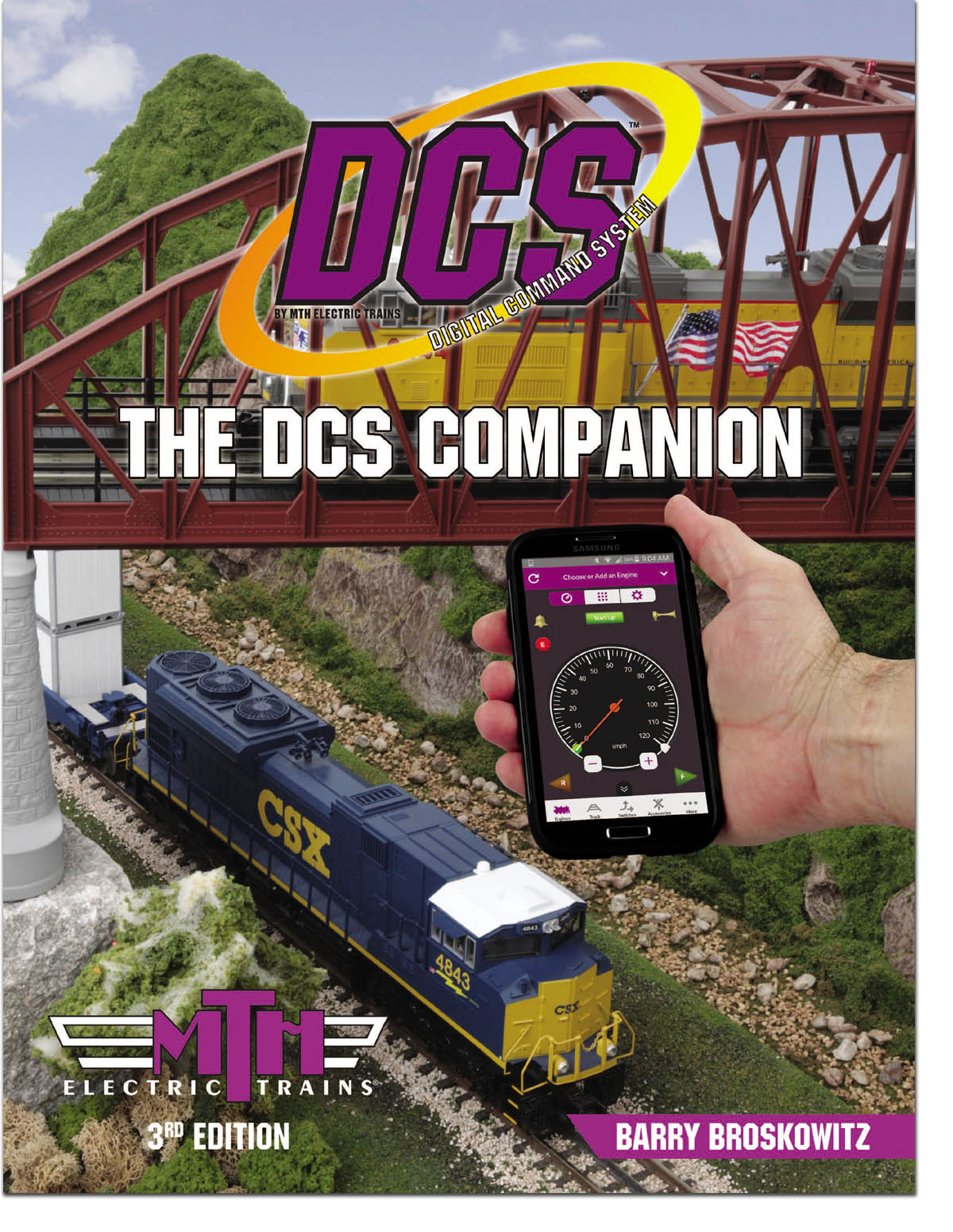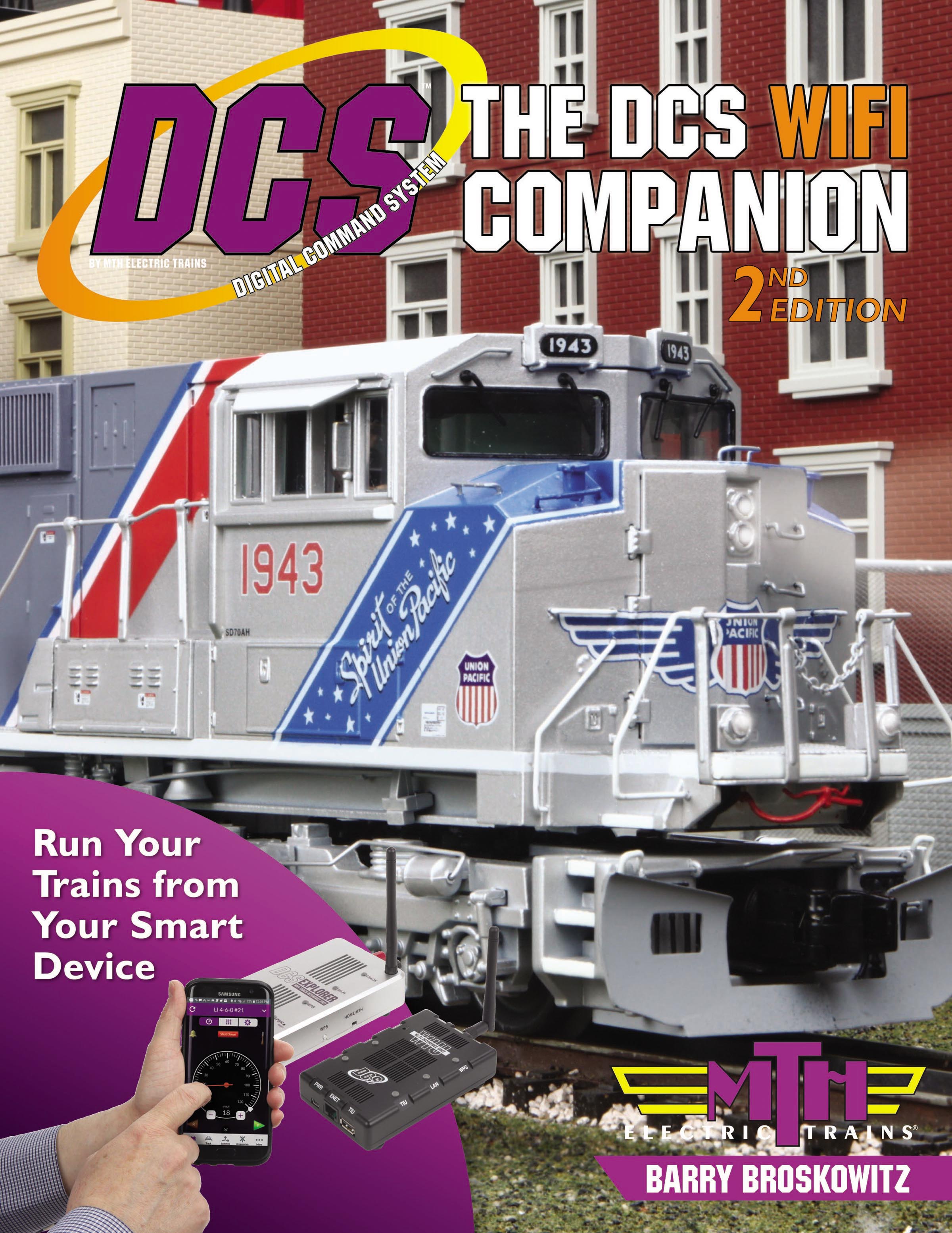Robert,
1. A newbie is spared the issues of getting the wifi set up and continually operable as well as the TIU setup. Having both, I recommend getting a DCS layout up and running using the remote, before adding wifi. I was one of the first to have 2 WIUs, one for each TIU that is operational on the layout, and I still occasionally come across a leprechaun playing with the wifi signal.
Thats not an "operational" consideration. Further, "leprechauns" are subjective and, IMO, more often than not a function of one's individual railroad or inattention to instructions rather than a DCS issue.
2. If your modus operandi is to run one train at a time, or to concentrate on one train while another goes around on its own loop, wifi is fine. Try the wifi with 4-5 trains running at once on intersecting routes, and see if you, one person, can operate the wifi fast enough to throw switches and control locos, (Hint: have the E-stop button activated on your wifi screen---and pray it works.)
I find that's offset by the ability to look at the engine roster and pick from at least 7 active engines (on my iPhone 7) or 14 active engines (on my iPad mini) as opposed to only 3 when using a DCS Remote.
Additionally, when looking at switches the iPad shows me 11 at a time, rather than 3 at a time. Further, since they can be designated as Favorites, they can be any 11 that I want to be visible as soon as I look at the screen. A quick flick of the screen brings up the next 11. In effect, I can quickly and easily renumber my switches in any preferred order.
Being able to quickly access the required engine or the next switch to throw makes a big difference operationally.
The real difference, operationally, is that the app lays things out in a more logical way than does the DCS Remote and has a bunch more real estate with which to work. On the other hand, long familiarity with the DCS Remote makes it easier to use in an "eyes-free", one-handed manner for several often-used functions.
The DCS Remote's dependence on a mechanical thumbwheel that attempts, with varying success, to do a multiple of things at once can be an issue. The thumbwheel is used to: adjust speed; select things; work the playable whistle; use Quickset Speed, etc. This makes it harder to do things than using the app for these functions, where the graphical user interface allows for separate controls for each of the listed functions.
The biggest difference, however, is that the DCS Remote is stuck where it is and can never become better at what it does. It's an almost 20-year-old design and is completely topped out. The app, however, is a brand-new design that is both expandable and malleable. It can be modified to do things better than it currently does and can also grow to do things that the remote cannot ever do. The first of these is the app's ability to operate Legacy engines in Legacy mode. I expect that more will follow as the app matures.
Lastly, WiFi-based apps are how MTH and Lionel are attempting to bring younger people, including small children, back into a hobby where the dominant demographic is old men. (Present company included.  )
)




